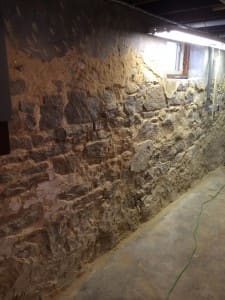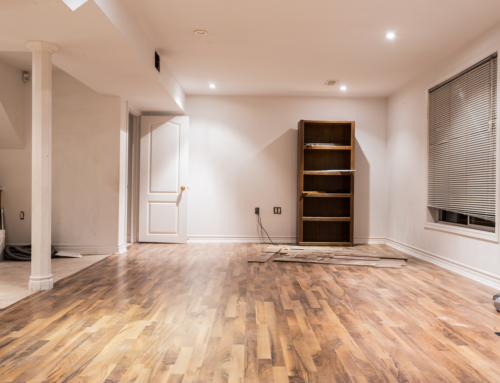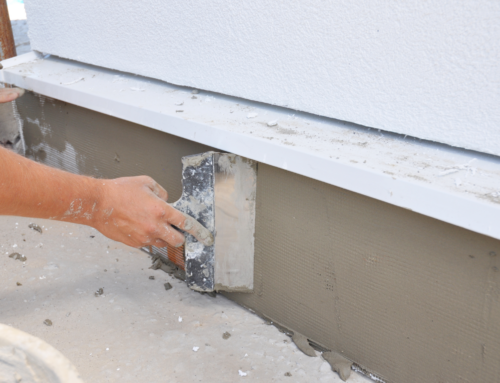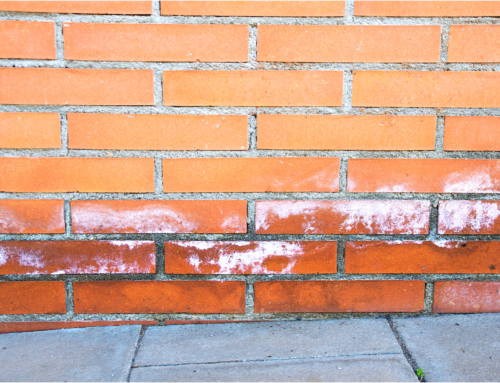
Think again. A small leak in your basement is a warning sign, like a runny nose before a cold. If you take precautions at the first signs of illness, you might be able to fend off the cold. Similarly, taking action at the first signs of basement trouble can fend off a flood.
If your foundation has been compromised, things aren’t going to get better if you ignore them. Before you know it, you might have a very serious –and expensive – problem on your hands. These are some of the big-picture defects that can arise from ignoring a “harmless” little leak in your basement.
Interior Flood Damage
Your little leak could eventually turn into a basement full of water. Do you have anything stored in your basement? What about a furnace or electrical outlets? If your basement floods, you will need to repair or even replace many of these items.
If you have a finished basement, the cost of interior flooding damage can be astronomical. Cleaning soaked carpet is bad enough; replacing floor panels or wallpaper is even worse. On top of all that, you will have to pay to get your basement waterproofed, which will be far more costly after a flood than before.
Exterior Foundation Damage
A leak in your basement means that water from the outside is getting in. This means that water is seeping through your foundation. Foundation repairs can be costly, but they are not as bad if you address them early on.
A crack in your outside foundation, if left unaddressed, can create more damage. Imagine a crack in your windshield: it will widen with time, branch off, and eventually make the windshield unsafe to use. The same thing can happen to your foundation.
Tipping, Bowing, and Sinking
Leaks are caused by two major factors: foundation compromise (which we just talked about) and hydrostatic pressure. Hydrostatic pressure is the buildup of water under and around your basement. During a wet season, the dirt around your house fills with water, putting pressure on your foundation. Then, as the dry season takes over, the dirt around your home shrinks.
The expansion and contraction of dirt around your house can actually cause your home to move. It may tip to one side, bow in the center, or just sink farther into the earth. Houses aren’t made to move around, and movement can cause huge cracks to form in your walls and floors. In the worst cases, these factors can cause homes to collapse.
Obviously, these kinds of problems are very expensive to fix. But before they happen, they can be solved with a simple external drainage system. Here, early action can save thousands upon thousands of dollars.
The lesson here is simple: don’t ignore seemingly small leaks in your basement. Even a sniffle can lead to a week in bed with Netflix if you don’t take care if it quickly! Call in a “basement doctor” – a basement waterproofing expert – for a free consultation and quote. Your basement (and your wallet) will thank you.






Leave A Comment